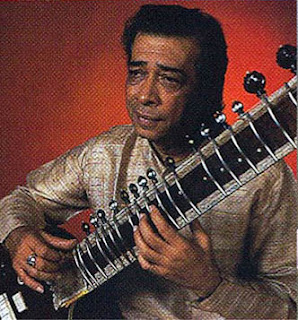Sitar Repertoire of Ancient Jaipur-Senia Sitarists

Structural Changes on Sitar: Perhaps the most popular ancient string instrument of India, Sitar has reached an unparallel height over the time. The word ‘Sitar’ comes from Persian word ‘She-tar’ the literal meaning of which is ‘Instrument of three strings’. But this is far from sufficient to describe the current form of the instrument. Opinions differ regarding the origin of Sitar. Some of musicologists think that Indian ‘Veena’ was popular as Sitar in Middle East. Others say, Indian three-stringed Veena was called Sitar. In 13 th century, the court musician of Khilji Empire Ala Uddin Khilji was Hazrat Amir Khusro (Bulbul-E-Hind). He was a great poet of that time and writer of many famous books which are regarded as most authentic. It is believed by forefathers of Etawah Gharana that Hazrat Amir Khusro himself was inventor of Sitar. Perhaps, he added three more strings with the four strings of Veena of South India. In Veena, strings were rotated on the peg in opposite direc...
